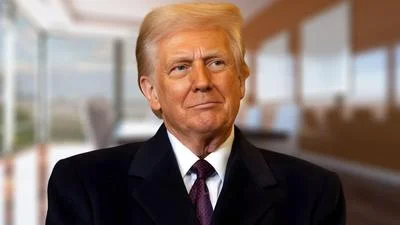The Congressional Record is a unique source of public documentation. It started in 1873, documenting nearly all the major and minor policies being discussed and debated.
“DEPARTMENT OF TRANSPORTATION AND RELATED AGENCIES APPROPRIATIONS ACT, 1997” mentioning the U.S. Dept. of Transportation was published in the Extensions of Remarks section on pages E1216 on July 8, 1996.
The publication is reproduced in full below:
DEPARTMENT OF TRANSPORTATION AND RELATED AGENCIES APPROPRIATIONS ACT,
1997
______
speech of
HON. JAMES L. OBERSTAR
of minnesota
in the house of representatives
Thursday, June 27, 1996
The House in Committee of the Whole House on the State of the Union had under consideration the bill (H.R. 3675) making appropriations for the Department of Transportation and related agencies for the fiscal year ending September 30, 1997, and for other purposes:
Mr. OBERSTAR. Mr. Chairman, I greatly regret the $110 million cut in Amtrak capital funding for fiscal year 1997, from the $230 million level for the current fiscal year.
It is clear that this Congress and this administration want Amtrak to be free of operating assistance by fiscal year 2002.
The budget resolution passed this year for fiscal year 1997 and the one passed last year put Amtrak on a glide path of operating support declining to zero. Our Transportation and Infrastructure Committee brought a bill to the House to reauthorize Amtrak last year, which passed by a vote of 406 to 4. This legislation also constructs a gradual phaseout of Amtrak's operating support by 2002. Amtrak's own business plan also eliminates the need for Federal support by 2002. In other words, with the funding plan in our budget resolution and passage of reform legislation, we have made a pact with Amtrak. We have told them to do what no other national passenger railroad in the world has been able to do: Be free of operating support. This is a major accomplishment and one that Congress should encourage. In exchange, we offered a structured funding phaseout and passage of cost saving legislation.
The fact is that from 1995 to 1997, Amtrak's funding levels are $1.2 billion less than what they requested and what they said was necessary for operating self-sufficiency. We cannot expect them to continue to operate a national system with such deep cuts.
Instead, with this funding level for Amtrak, Congress has moved away from the blueprint envisioned in the budget resolution. Without adequate capital funds during this critical transition period, Amtrak cannot make the essential investments necessary to survive once Congress has provided it with its last dollar of operating support. Also, while the House did pass reauthorization legislation, the Senate has failed to do so. Therefore, Amtrak does not benefit yet from any of the cost savings contained in that bill.
It is clear, and we all agree, that Amtrak should be free of operating support and should have less dependence on Congress for its funding. However, without adequate capital funds now, Amtrak will forever be dependent on Congress to meet its operating deficits.
A railroad is a capital intensive enterprise. It's fair to say that Congress has kept Amtrak on a Slim-Fast capital investment diet for the better part of its 25-year existence. As a result, Amtrak has not been able to modernize its locomotive fleet by purchasing more reliable and fuel-efficient engines. Their maintenance shops date, in many cases, to the steam era and need to be upgraded. The electric wires that are used on the Northeast corridor are the same ones the Pennsylvania Railroad first strung in 1993. If we don't give Amtrak the ability to reinvest now, we will never get them to a legitimate point of self-sufficiency.
This is a pivotal time for a national passenger rail policy. It's like the old saying: ``Pay me now or really pay me later.'' Should Amtrak become insolvent, the liability to the Federal Government is going to be a far greater cost to the taxpayers than giving Amtrak the funds needed to successfully transition to self-sufficiency.
Literally, it will cost more money to put Amtrak out of business than to keep it in business.
____________________








